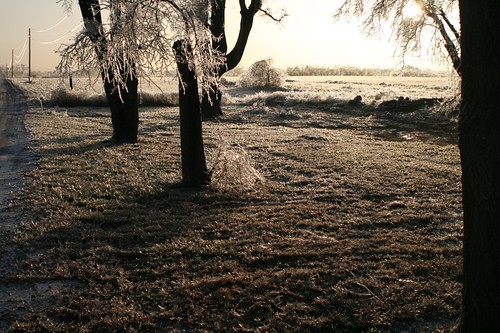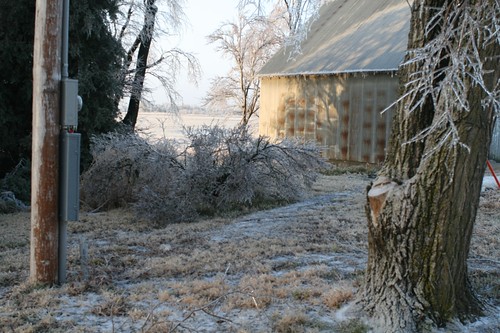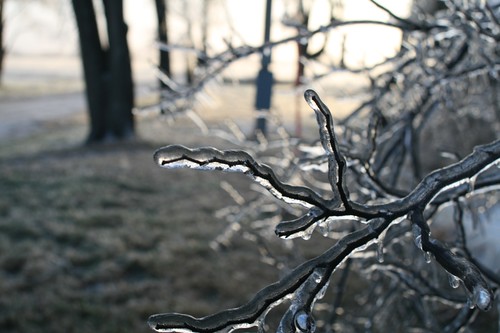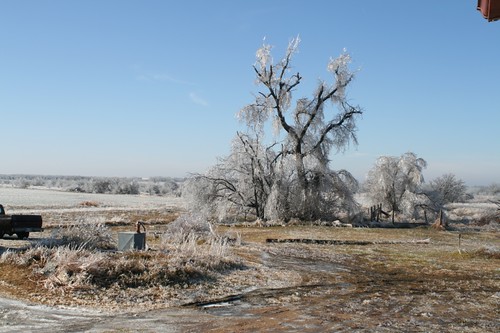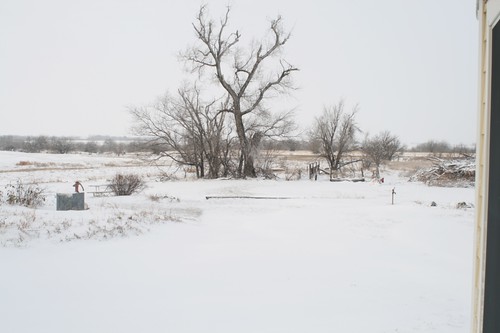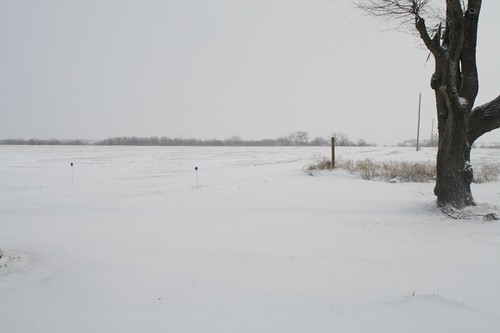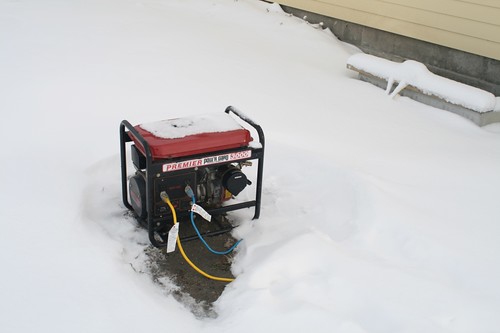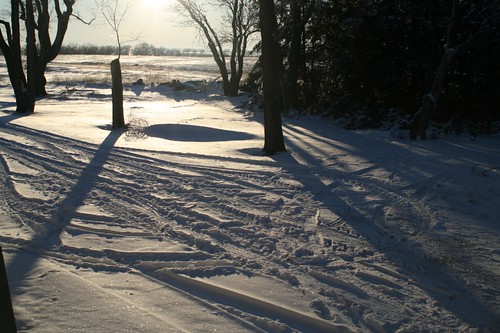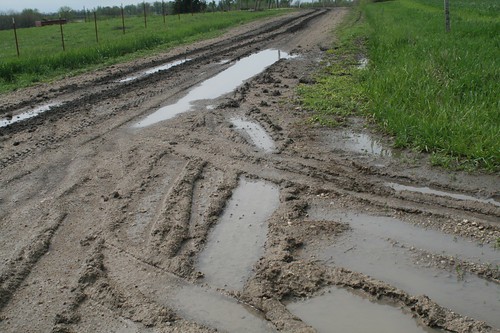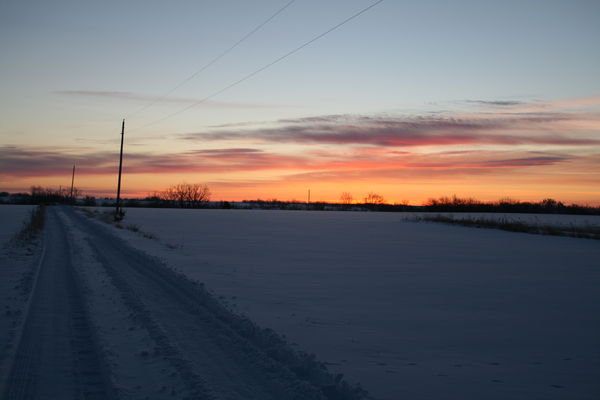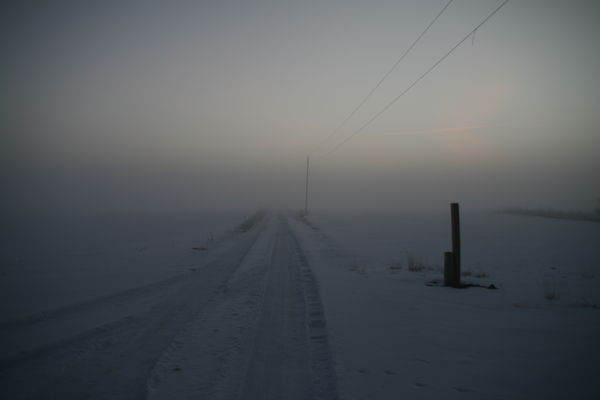Yesterday, I wrote about bicycling to work, pointing out that it’s a safe, inexpensive, way for many people (including office workers without access to showers) to get to work. There were a lot of thoughtful comments there too.
Today I’d like to provide some tips for getting started commuting on a bicycle. As I’m just getting started on this, these are mainly things I’ve learned from poking around online, so I’ll be including lots of links.
The Bicycle
This varies from person to person, but as a general rule: if you have a very short ride — say a mile or less — you can probably just use any old bike and a bicycling helmet. Don’t try to use a motorcycle helmet. It won’t vent your head, so you could overheat. Also, it won’t be comfortable.
Most people will have a longer ride and will want to get a bike that works specifically for them. Each model of bicycle comes in different frame sizes. It’s important to get a bicycle that is the right size for you. Also, you’ll want to get a quality bicycle that will let you be fast and won’t break down along the way.
For all these reasons, I — and every single other person I’ve ever seen talk about this — highly recommend that you buy your bicycle from a bicycle shop. Don’t buy a bicycle from a “big box” store like Walmart or Target. They may be cheaper up front, but you’ll pay for it in the long run because they won’t last as long, won’t fit you as well, and may even be unsafe. Bike shop staff will help you find a bike that fits you, which is important for avoiding aches and pains and even injury. They’ll be able to help you find appropriate accessories for your bike, as well as repair it. Here is a helpful article on this topic, written by a bike shop.
Generally speaking, bike shops can repair bikes bought at any other bike shops. However, they can instantly recognize bikes bought at big box stores. Many will repair those too, but some refuse to work on some of those bikes on the grounds that it is impossible to bring them to the level of service they expect their mechanics to do.
Aches and Pains
With any sport, when you start it, you can expect a little bit of aches and pains at first, as you start using muscles that you may not have really used at first. Bicycling is no exception, but it’s easy to deal with.
Your first stop if you have aches and pains might be the where does it hurt page. It provides detailed, helpful advice. There are also some common things that go wrong for people.
First on the list is wrong size of bike or improper adjustment of your bike. You want a bike frame that is the right size for you, and you want the seat and handlebars adjusted properly for you. A bike shop can help you get this done easily. If your feet can reach the ground while you’re on the seat, you almost certainly have the seat too low, which is a common mistake.
Sometimes the way you position yourself on the bike, or your technique, could be to blame.
Also, clothing can be a problem. A good place to start here is with some cycling shorts. Another common complaint from new cyclists appears to be blisters on the feet. This can be caused by improper positioning on the pedals, or by using the wrong type of sock. Typical socks absorb moisture and trap it next to the skin; bicycling socks will wick it away and let it evaporate. In fact, cycling clothes: socks, shorts, and jerseys (shirts) are all designed to wick moisture away from you and let it evaporate, which keeps you cooler and more comfortable. Bicycling gloves are cheap and can help your hands stay comfortable.
Expense
You can easily save thousands of dollars by riding a bicycle instead of driving a car. Bicycles do need periodic maintenance, just like a car. Usually you can do a lot of that yourself. It probably will pay off to take your bike in to the shop for an annual tuneup. If you have no bicycling equipment at all, and buy your equipment at a bike shop new, you can probably get started for around $500. Even that will probably pay for itself in less than a year if you average riding your bike at least a few times a week.
Safety
Safety on a bicycle can usually be summed up with three rules: be visible, be predictable, and ride with traffic.
Unless there are dedicated bicycle-only lanes or paths, the safest way (in the United States) to ride your bike is on the road, riding with traffic (acting like a car). Don’t ride on a sidewalk, and never ride against traffic. This may sound counter-intuitive, but it is backed up by solid research. It all has to do with being predictable. Nobody is looking for something the speed of a bicycle to emerge from a sidewalk to cross a road or driveway. Sidewalks often aren’t that visible and frequently don’t provide enough room to pass. Sidewalk-riding cyclists get into accidents all the time with cars backing pulling out of driveways, making turns, or even just driving down a road where the cyclist cuts in front of them to cross a street.
A great book for learning how to ride in traffic can be viewed free online: the Bicycling Street Smarts book. There are also some safety videos online that are helpful.
Staying visible is certainly important. In some places, like cities where cyclists are common, drivers are going to be on the lookout for you already. In my case, I’m riding on rural roads that have some hills, where cyclists are rare, so I’m putting extra effort into this.
Staying visible in the day or at night starts with high-visibility clothing. A “screaming yellow” jersey or an ANSI safety reflective vest (less than $10) are good ways to do that. Several people recommend a Cateye TL-LD1100 flashing tail light for use at night, or even for daytime use when visibility is critical (such as my situation). If you will ever ride at night, laws require you to have the proper reflectors on your bike. And, you must also have a white headlight that does not cover up your front reflector (in some locations, you may also be required to have a red tail light that doesn’t cover up your reflector). Companies like Cateye carry those products as well.
Other tips: avoid drainage covers; they sometimes have slats that a bicycle tire could fall into.
Accessories
Here are some suggestions you might consider as a commuter.
Start with pannier bags. They mount over your rear tire and are cooler for you than a backpack because your back can still breathe. They’re more aerodynamic than a front basket. You can get bags suitable for carrying papers, laptops, a change of clothes, etc.
Next on your list might be a bicycle lock, to help keep it from being stolen. Your local bike shop can make suggestions here.
You might want to consider a spare inner tube (about $5) and tire-changing tools (also about $5) to carry with you in your bag. You wouldn’t want to have to walk 5 miles if you get a flat.
Along with that goes an air pump. I suggest a frame pump — it’s a small pump that can clip on to your bicycle’s frame, so you always have it handy. Obviously you will need this if you have to change a tube, but it could be handy even if you don’t.
You can find some more suggestions from bicycling.about.com and from Mike or your local bike shop.
Where to buy
Besides your local bike shop, you can buy a lot of accessories online. I wouldn’t suggest buying a bicycle online, because you really want to get a good fit at a bike shop.
When I asked at bikeforums.net, readers suggested three online stores:
www.pricepoint.com
www.bikenashbar.com
www.performancebike.com
You can also find some bicycling accessories at general-purpose stores like Amazon or sporting goods stores like REI. I personally wouldn’t recommend local “big box” sporting goods stores any more than I would Walmart or Target for this stuff, though.
More info
For more information, check out my bicycling links at del.icio.us.
